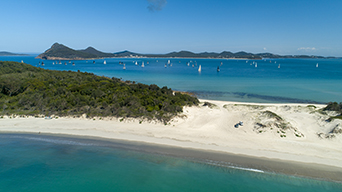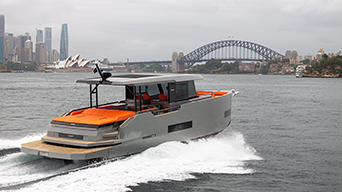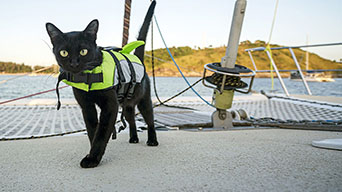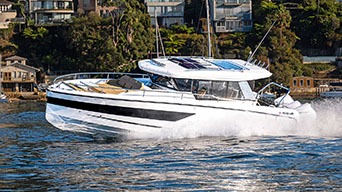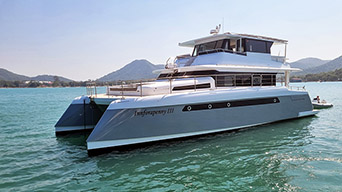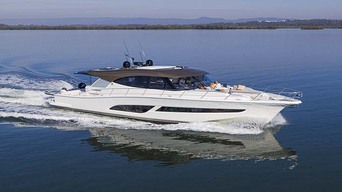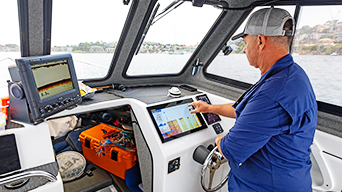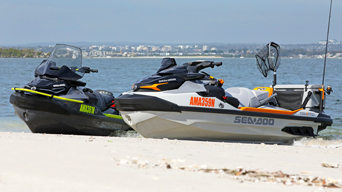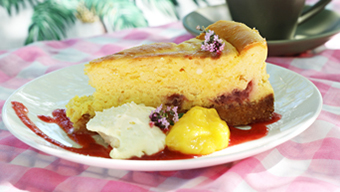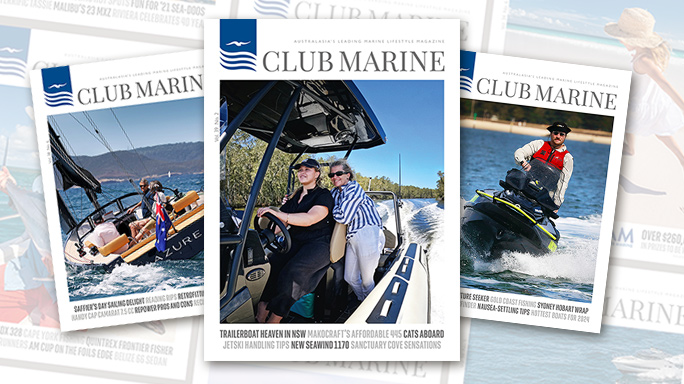Don’t forget that the throttle is an important part of trimming. Accelerate hard and the bow will rise. Pull back the throttle quickly and the bow will drop. When confronted bow-on with a boat wash or larger wave, a quick burst of throttle may be the best way to make sure the boat goes over, rather than through, the crest.
Another lesser-known factor in outboard installations is engine height. Ideally, you want the bottom of the keel to align with the outboard’s anti-ventilation plate when the gear casing is trimmed horizontally flat.
That gives you the full benefit of trim range and minimises engine drag, which in turn can help the motor achieve full rev potential. A low outboard, conversely, will almost always impede handling. The tell-tale sign is when your outboard is kicking up too much spray.
Propeller selection can also have a bearing, especially as engine torque increases. Some modern prop designs incorporate cupped tips for bow lift and extended straight barrels for maximum stern lift. Larger diameter propellers naturally push more water, which is good for hole shot, pushing heavy loads, tow sports and slow-speed manoeuvring, but they can impact top speed.
The lower the prop’s pitch (which refers to the distance the propeller would theoretically move through a solid in a single revolution,) the better the hole-shot. The higher the pitch, the more speed that’s achieved unless maximum rpm isn’t achieved.
As a general rule of thumb, each inch of pitch is worth approximately 200rpm. The trick, therefore, is to choose a propeller that delivers both acceleration and top speed to improve your hull’s performance with less reliance on trim.













